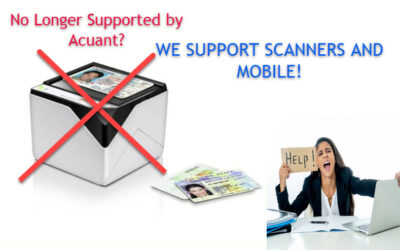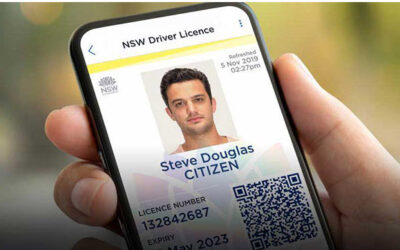“Can I help you?”
There’s more than just courtesy in this question. Building receptionists and security guards don’t just greet visitors, but also perform an important gatekeeping and data gathering role. And there’s no point in gathering that information if you can’t gain access to it afterwards.
That’s why the global vendor management system market is anticipated to grow at a rate of more than 16.7% from 2021-2027, according to the research firm Quadintel.
Why visitor management is needed
There are many reasons why building operators and managers want to implement visitor management in the buildings they manage.
- Security. Obviously, you want to know who’s going into the building to ensure they don’t have anything nefarious in mind. Whether it’s avoiding an active shooter situation or forestalling a theft, it’s important to know who’s going into the building and why, and to ensure that they bring out only the items and information they’re authorized to have. It’s also useful to track when trade workers are entering and leaving the building to check against their billing.
- Safety. Should there be a fire or other type of disaster, you want to know who’s still in the building so they can be rescued. You don’t want someone to be injured or die because you didn’t know they were there and, conversely, you don’t want first responders to be injured or killed going after someone who’s not even there in the first place. Alternatively, if someone is injured and is suing, it’s important to know that they were actually in the building when the claimed injury happened.
- Government compliance. Depending on your building’s tenants, there may be additional government regulations about who can enter and what restrictions there are on them when they do. For example, they may need to be searched on entry or departure, or escorted while they’re in the building.
- Contact tracing. In this age of COVID, many governments require that businesses track their visitors and ensure that they’re wearing masks and are vaccinated. Even if it’s not a government requirement, it’s good business practice.
- Promotion. If you have empty space in the building, or are holding an event where you’re inviting the public, who better to approach than people who are already familiar with the building?
The need for a visitor management system
But how do you collect and manage all this data? It’s true that you could use a notebook, but how legibly do most people write their names and contact information? Notebooks also aren’t an efficient way to go back and collect data, such as finding out that a particular visitor comes by every Monday at noon. In addition, every new visitor gets to see information about all the previous visitors.
It’s possible to use general-purpose software like Google Docs or Microsoft Excel, but someone has to design the system to store the data and be able to retrieve it afterwards.
Rather than reinventing the wheel, what can work better is using software designed by a vendor specifically for visitor management. That way, the software offers features tailored to that use and nobody has to be hired to create it.
Visitor management software can also notify building tenants when they have visitors. In fact, using visitor management software may eliminate the need for an actual on-site receptionist altogether, according to the magazine Global Trade.
The importance of identification documents
Chances are, you’ll also want the ability to record government identification documents to help make sure your visitors are who they say they are, whether that’s through a driver’s license or a company ID. In addition, if you’re concerned about contact tracing, you may also want the ability to record government identification documents such as COVID vaccination forms.
Being able to record the government identification document itself, rather than just the data on it, helps ensure that the document is legitimate. But whether you’re recording identification data or the actual government identification document, you need to protect this personal identifiable information (PII) from hackers, because if the information is stolen, you’re required to inform everyone.
Why you should consider the cloud
Running any kind of software on your own computer means that the computer has to be bought, configured, maintained, backed up, and updated on a regular basis. As your business grows and you manage more buildings, that’s more computers to manage, and you might find that you need to hire specific people just for this job.
But your business is managing buildings, not an information technology department. That’s why many building operators and managers look for companies that offer visitor management software as a service. The software runs on computers that the software company owns, which means they handle managing, configuring, updating, and backup. It also means you can manage all your buildings on what appears to you to be a single system, meaning you can more easily consolidate data and compare data between buildings. Finally, should there be a security incident, the information is available to everyone, not locked up in a building that might be inaccessible.
Moreover, whether you’re storing identification data or actual government identification documents, storing that data in the cloud is more likely to be secure than storing it on-site, where it could be stolen.
It’s important to know who’s entering your buildings, and it’s also important to ensure that they are who they say they are by using government identification documents.
Interested in learning how optical character recognition can help your business protect itself by using physical identification documents? For a free trial of our API or software, please email us at [email protected].




